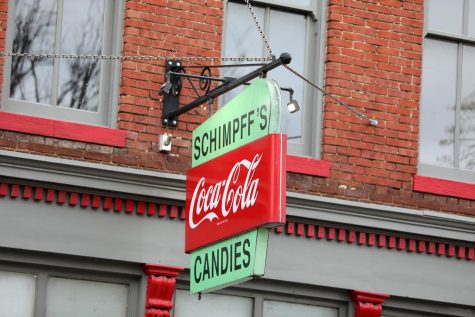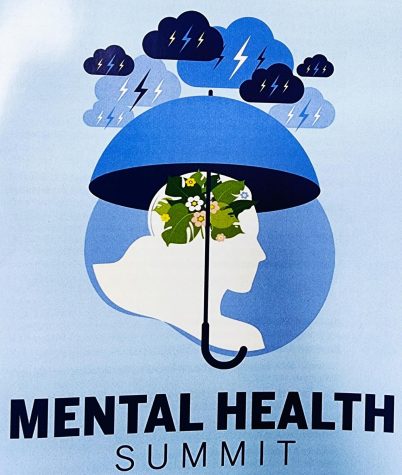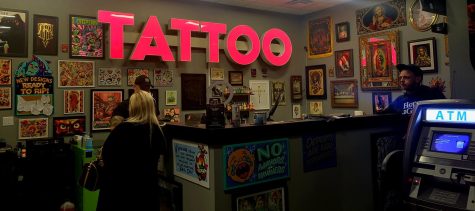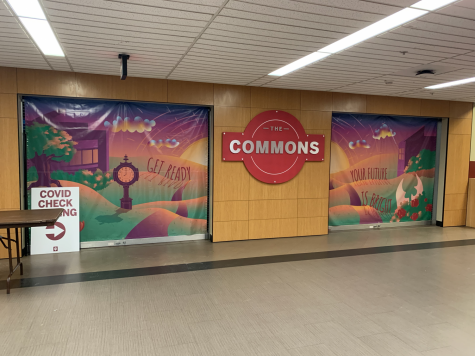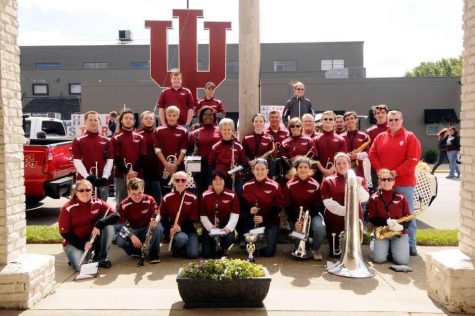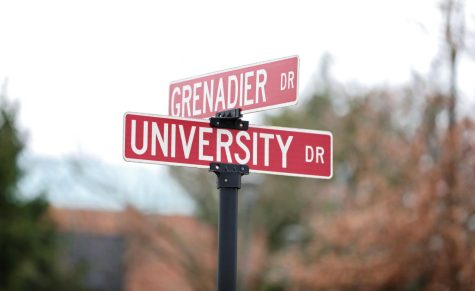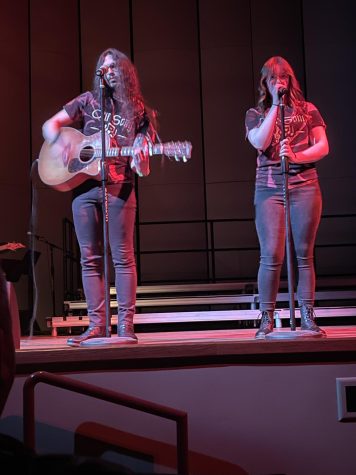IU Southeast students find ways to eat healthy on campus
September 28, 2014
1,140 calories for lunch. A big price to pay for not much nutrition.
According to the nutrition reference page for McDonalds, a quarter pounder with cheese by itself is 520 calories with 26g of fat.
Add a medium fry, and that is another 340 calories and 16g of fat.
Add a coke to wash it down, and that is 280 more calories with 76g of sugar.
That is a total of 1,140 calories for one meal.
All that food with all of those calories has little to no vitamin C, fiber or calcium.
If this is what is offered at most fast food places, are there any good alternatives for students?
Many students improvise by bringing healthy food from home.
Katie Watkins, special education junior, said she normally packs her lunch for that day the night before.
Watkins said she always packs things like salads, fruits or vegetables.
Watkins said planning ahead keeps her from eating things that are not as nutritionally healthy like cheeseburgers on campus.
“I plan ahead because it’s healthier food,” Watkins said. “I don’t have to get up as early either.”
Some students prefer to eat on campus on a regular basis and try to utilize the healthier options available.
Jen Jefferies, education sophomore, said she buys her lunch on campus between two and four days a week on average and tries to eat healthy things from the salad bar.
Jefferies said she monitors how much sugar she can have due to having PCOS, Polycystic Ovary Syndrome, which could cause her to develop diabetes if she does not monitor what she eats.
“I just know the options out there are the worst,”Jefferies said in reference to the fast food options near campus.
Erinn Leto, marketing junior, said that she also feels the fast food places near the IU Southeast are not the best options.
“When I first started the semester I used to eat fast food on days I had to be on campus all day, but I noticed it made me more tired during the day, so I started bringing food from home to stay healthier,” said Leto. “It also saves me money.”
Jefferies said some students can try to avoid the unhealthy things around campus, but some students are uneducated as to what really is healthy.
Jefferies said a trip to the salad bar on campus could quickly become a bad decision for students if the wrong things are added.
“They will go to salad bar and think they are eating healthy, but really when they put eggs, bacon bits, lots of dressing, the salad is equal to eating a cheeseburger.” said Jefferies.
Jefferies suggested that the cafeteria could possibly have pamphlets with the nutritional value of some of the things they make.
Some students choose to just snack if they get hungry while on campus to both save money and time like Bethany Thomas, undeclared freshman.
Thomas said buying food on campus can also get expensive, so she will pack some snacks instead of buying anything on campus.
“I normally snack on Wheat Thins,” said Thomas. “I use most of my time here studying.”
Whether students eat on campus or not, many students are concerned with eating healthy and try to make educated decisions about what they eat.
Jefferies said while fast food places are quick and easy, students should try to avoid them and choose healthier things on campus, or pack healthier options ahead of time if possible.



